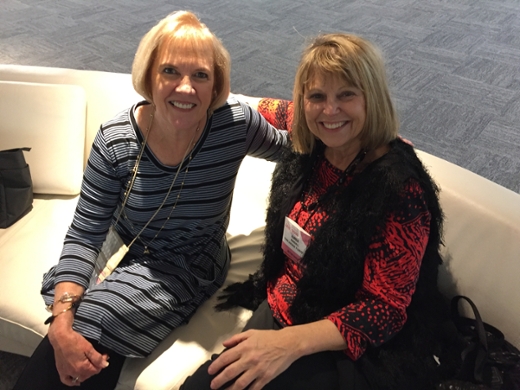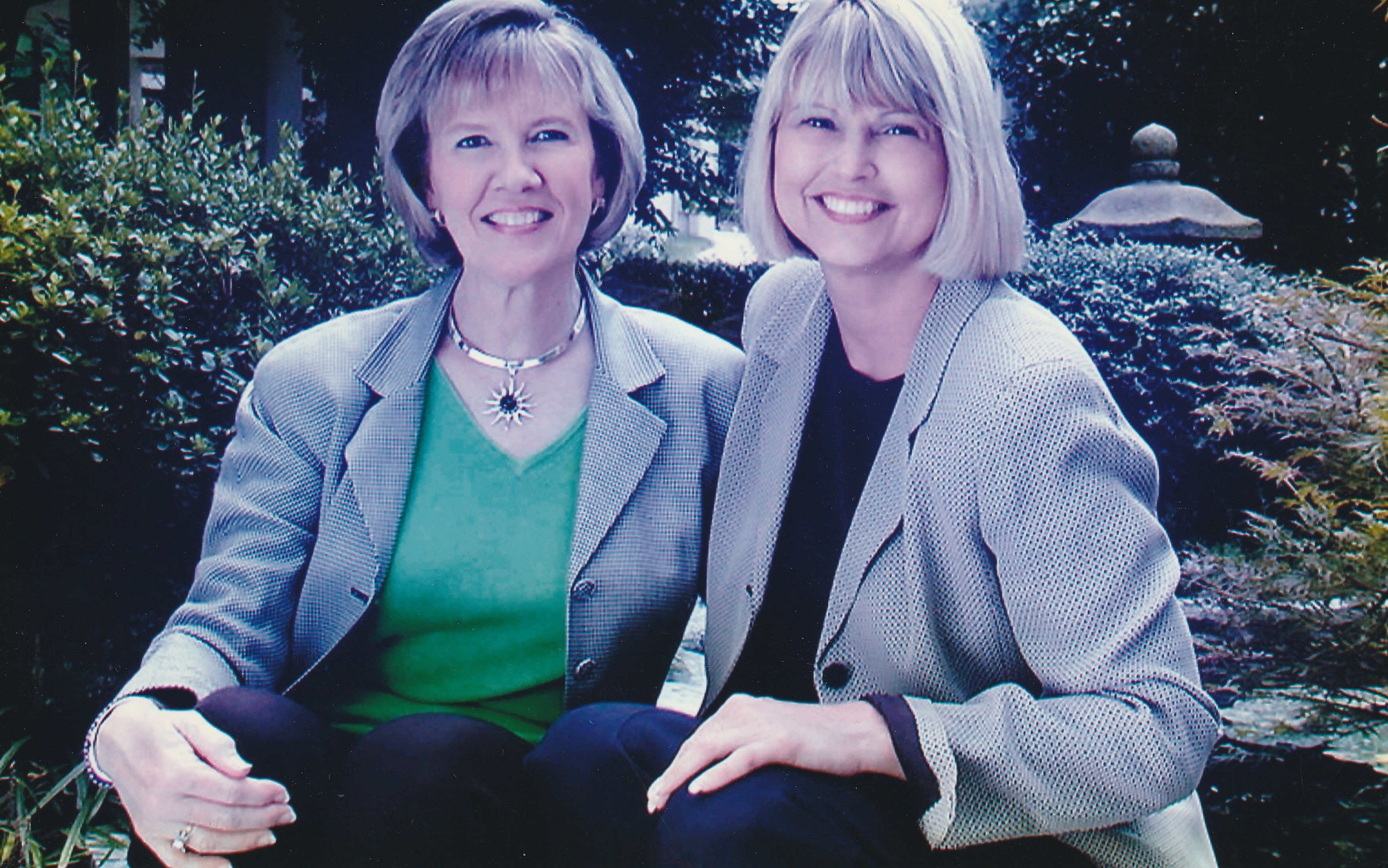Emory University issued the following announcement on Apr. 27.
They often shared a church pew on Sundays in their Spartanburg, South Carolina, church, but now Karen Randall and Kathy Hodge share much more and have for 20 years. Called the “Liver Sisters” by Hodge’s husband, the two have an incredible bond that has been celebrated throughout the years and every April during National Donate Life Month.
Healthy all her life, Randall was diagnosed with an autoimmune disorder, primary biliary cholangitis, during a routine check-up in 1995 when she was 41-years-old. The disorder inflames the bile ducts between the liver and the small intestines, which eventually collapse and cause liver damage. The progressive disease would mean that Randall would need a liver transplant within five years.
Randall sought a second opinion at Emory Transplant Center, where she returned yearly for tests and consultation. In 2000, she was placed on the United Network for Organ Sharing (UNOS) waitlist for a liver from a deceased donor, but because her health was deteriorating, she was concerned about the wait. Then a friend of Randall’s found an article about a living liver donor.
“I read about it and almost felt like it was science fiction,” says Randall. “Who in the world is going to donate more than half their liver to me? It seemed far-fetched, and I dismissed that idea,” she states.
The first adult-to-adult living donor liver transplantation in the U.S. occurred in 1998. Less than 10 years earlier, the first adult-to-child pediatric living donor liver transplantation occurred.
“In the early 2000s, adult living donor liver transplantation was in its infancy and was not standard of care at that time,” says Giorgio Roccaro, MD, assistant professor in the Division of Digestive Diseases, Emory University School of Medicine and medical director of living donor liver transplantation at Emory Transplant Center. “But without a deceased liver donor, a living liver donor was the alternative.”
Randall talked with her close family and friends about her need for a liver transplant and then to members of her church. Nearly a dozen people from her church said they would get tested to donate.
But Hodge, the church member who shared a pew with Randall, says she felt called to get tested and be a donor for Randall.
“Karen and I were friends in church; I heard that she was sick and needed a liver, and one day I asked my husband, what do you think about me trying to be a donor?” says Hodge, then a 51-year-old retired teacher. “I just felt led to do that. The Lord used me as an instrument.”
Hodge was a match for Randall.
“I am a worrier, but I never worried about this,” says Hodge. “I always felt at peace about it, from the minute I made the decision to the day of the surgery.”
On Dec. 4, 2001, 65 percent of Hodge’s liver was surgically removed in an operating room at Emory University Hospital and transplanted into Randall a short time later.
“I felt like not only did I have the weight of my own surgery on my shoulders, but Kathy’s as well,” Randall says. “But I knew we were in good hands. When I was prepped and about to go under, I asked, ‘How is she?’ and they said, ‘It went great.’ ”
The surgeries were successful. Both women were taken to the ICU for care, then moved to the regular transplant floor. Staff and visitors liked hearing about their Christmas miracle. They were among the first few living donor liver transplantations at Emory in 2001.
“It was absolutely heroic to donate a portion of the liver, and particularly at that time,” says Roccaro. “This is a very inspiring story.”
Randall spent about a month in the hospital following liver transplant surgery, and Hodge was discharged after about two weeks to Emory’s Mason Guest House, a nearby facility for transplant donors, recipients and families who don’t live in metro-Atlanta. Both returned home to Spartanburg after the holidays.
Hodge’s husband calls the two the “Liver Sisters.” In December 2021, they celebrated their 20-year anniversary of the living donor liver transplant.
“Kathy gave me the gift of a lifetime,” says Randall. “No two ways about that. Twenty years is pretty amazing, and I’m expecting to have many more.”
Throughout the years, Randall had not shared with many people that she had a liver transplant; but because of the global pandemic, where she needed to be more careful because she is immunocompromised, she began sharing the news. She also wanted to celebrate the special 20-year anniversary of her transplant and honor her donor.
Emory has now performed more than 2,900 liver transplants, with the majority of these transplants coming from deceased donors. Less than four percent of liver transplants in the U.S. are from living donors.
“The liver has the ability to regenerate and grow back to 85 to 90 percent of its original size in both the living liver donor and recipient,” says Roccaro. “This regeneration usually happens in a few weeks, which is remarkable.”
Randall, now 68, has lived a very normal life since her liver transplant. Living now in a retirement community in North Georgia, she enjoys traveling internationally (pre-pandemic), exercising and volunteering in her church and community.
“To this day, I’ve been able to return to a normal life, resume my career and enjoy an active retirement. I had no complications and was never back in a hospital,” says Randall.
Hodge, 72, still lives near Spartanburg, is also enjoying life and says her health is good. “And I am still marked as an organ donor on my driver’s license,” she says. “I am just happy I got to donate while I was alive and didn’t have to wait.”
To learn more about liver transplantation at Emory Transplant Center, visit this link.
Original source can be found here.



Source: Emory University






 Alerts Sign-up
Alerts Sign-up